Photography
Isabelle S. Betancourt
Wildlife and Portrait Photography
Please reach me through the contact form if you are interested in purchasing a license for my work or if you are interested in hiring me for contract work.
Spiders and Insects
When he noticed that I was looking for insects to photograph, the gardener walked over to me with a bright red dragonfly.
Kolkata, India.
The vibrant red flower of the mistletoe attracts butterflies such as the Large Orange Sulphur (Phoebis agarithe).
La Paz, BCS, Mexico
A leaf-cutter bee (Megachilidae) visits flowers in Logan Square, Philadelphia, Pennsylvania, United States. The scopa under the abdomen is brimming with pollen.
Happy Birthday baby bugs! Thirteen young true bug nymphs remain gathered around their egg cluster. Interestingly, they are of two different instars or molt development stages. The two paler baby bugs on the right side have freshly molted into the second instar and will soon darken like the others of the second instar. They were born on the underside of a redbud leaf in my backyard when I lived in Ann Arbor, Michigan.
Protected by a shield of its larval hairs, a tiger moth goes through the incredible process of metamorphosis. While it looks inactive from the outside, there is an abundance of molecular activity inside pupa.
Perched so the wings are in full view. Butterfly wings are mosaics carrying all sorts of messages and purpose. The patterns of the scales range in purpose from defending the butterfly to attracting a mates.
Portrait of Macracantha arcuata. A spikey spider from the Bornean peat swamp forest of Central Kalimantan
On the western coast of Costa Rica, a butterfly catches the final glow of the day perched on top of a cactus
Dragonfly wings and color are dazzling indeed. Even taking those away and focusing on their other forms and structures, they are a sight to behold.
At Tuanan Orangutan Research Station in Indonesia, the laundry soap is popular among the resident bees and butterflies. They fly to the clothes and the laundry lines to lap up minerals.
As dusk falls in Palangka Raya, Indonesia, two butterflies mate upon a fallen and shriveled palm leaf. (Tribe Satyrini)
Strike a pose! Some insects run and others hide, but this raspy cricket stands her ground, flings open her wings, and lifts her front food like she going to stomp it on the ground. An impressive display!
The Chinese Mantis (Tenodera sinensis) locks her spikey front raptorial leg around a cricket leg to secure it as she devourers it.
With her front legs raised and fangs bared, is clear that the tarantula wants no visitors. Be gone!
Tuanan, Central Kalimantan, Indonesia
A non-native species on a non-native plant. The thistle tortoise beetle on thistle matches it’s host plant’s hue impeccably.
Backyard, Ann Arbor, Michigan
Native bee on a native flower. Despite having lost one antennae, the sweat bee is still going strong and engages her remaining antennae with the flower surface as she forages.
Eggs from the insides of her prey drip down as the mantis devours her feast.
Tenodera sinensis (Saurssure, 1871)
Backyard, Philadelphia, Pennsylvania, United States
While working outside on the picnic blanket during the pandemic, I had the honor of being joined by a crab spider.
Backyard, Ann Arbor, Michigan.
A native Pearl Crescent Butterfly (Phyciodes tharos) perched on a non-native Queen Anne’s Lace flower.
Backyard, Ann Arbor, Michigan
Once upon a cone flower in my grandmother’s garden.
You can clearly see the three ocelli on the ‘forehead’ of the sweat bee. These extra eyes help with detecting movement and light!
New Jersey, United States.
A robber fly rests atop a leafless branch close to the peak of Gunung Ungaran. The moisture of the passing clouds collects on its body.
Vertebrates in the Wild

They may look like teeth, but in fact what are in between the lips of this unidentified orangutan are the seeds of Akar Kamunda (Leucomphalos callicarpus)! Kamunda, a type of pea vine in the family Fabaceae, is one of the orangutan’s most commonly eaten foods in the Mawas Conservation Area. They eat their seeds, flowers, and young leaves. Not only can we see the evidence of the empty seed pods falling from the sky, but also when they are eating akar kamunda one can hear the pleasant ‘Pop!” of the seed pods as the orangutan chows down.
People in the Field and Lab
I seek to capture their moments of concentration, exploration, grit, & passion.


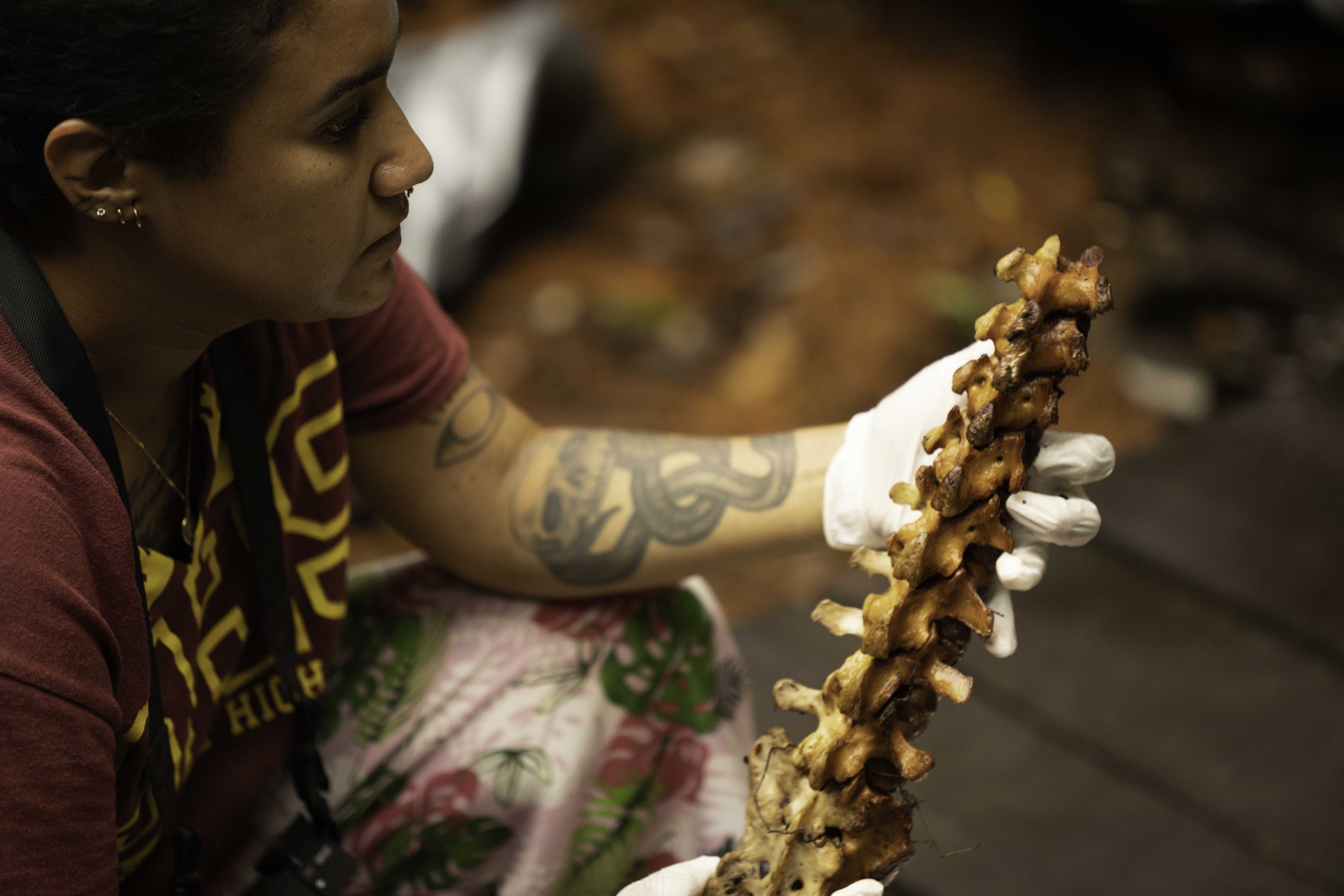
Anthropologist and morphologist, Eva Hernandez-Janer examines the orangutan vertebrate.
Them Bones
In early December 2022, while heading out to my field site to set up insect traps, my assistant and I encountered four large arm and leg bones on the trail. A team was sent out the next day to collect the bones and whatever else they were able to find and they came back with a half-complete skeleton of a large orangutan male.
Anwar identified a ladybug and so his name goes on the ID label to be preserved forever in the collection.
Steve Mason, a Curatorial Assistant at the Academy of Natural Sciences prepares moths specimens for integration into the collection through a meticulous process called spreading. The wings are drawn apart using pins and wax paper. They are then held flat in place with glass slides. When the wings, body, and antennae are in their proper places, the spreading board is placed into a cabinet to sit for almost a month to allow the parts to dry and therefore fix in place.




























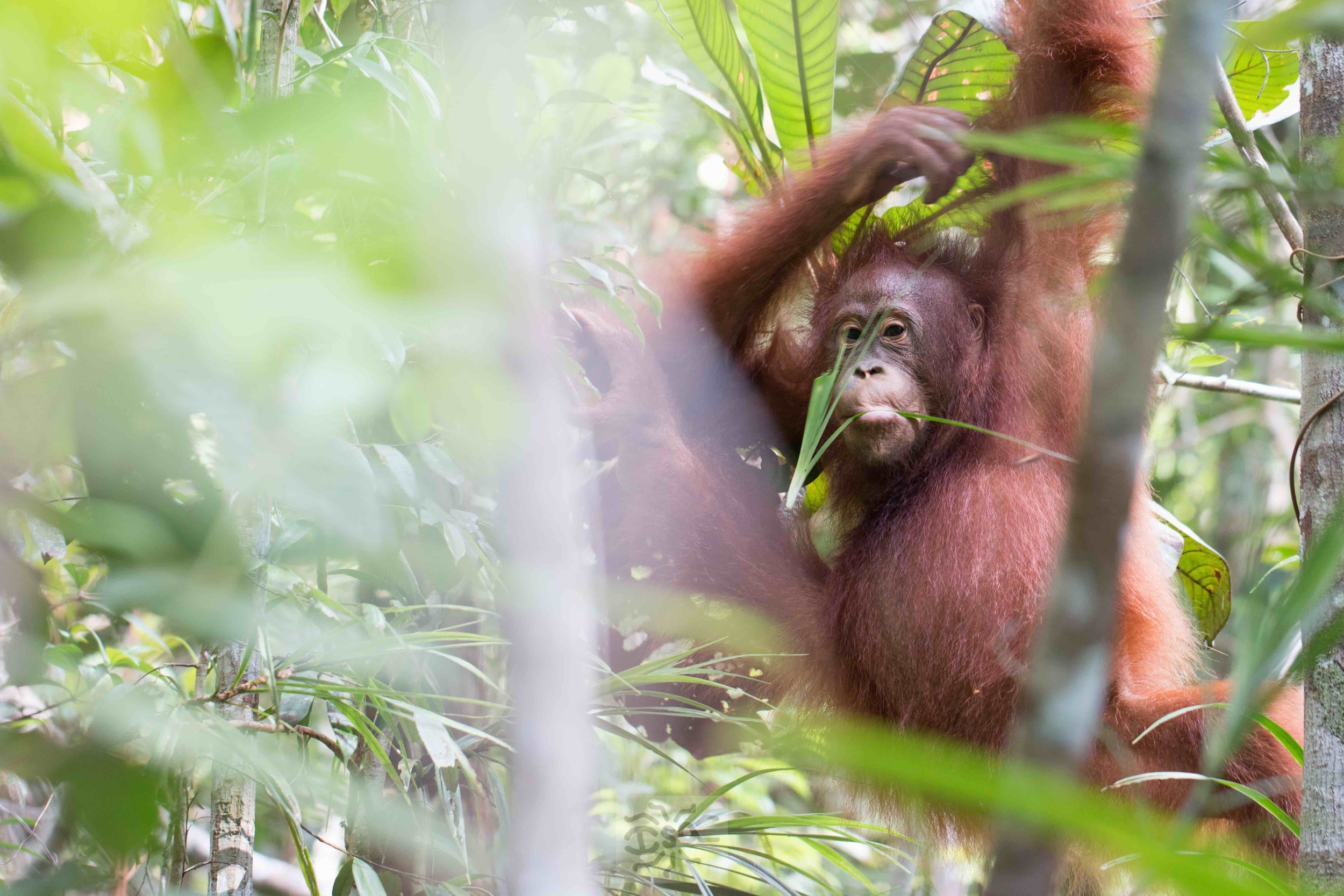







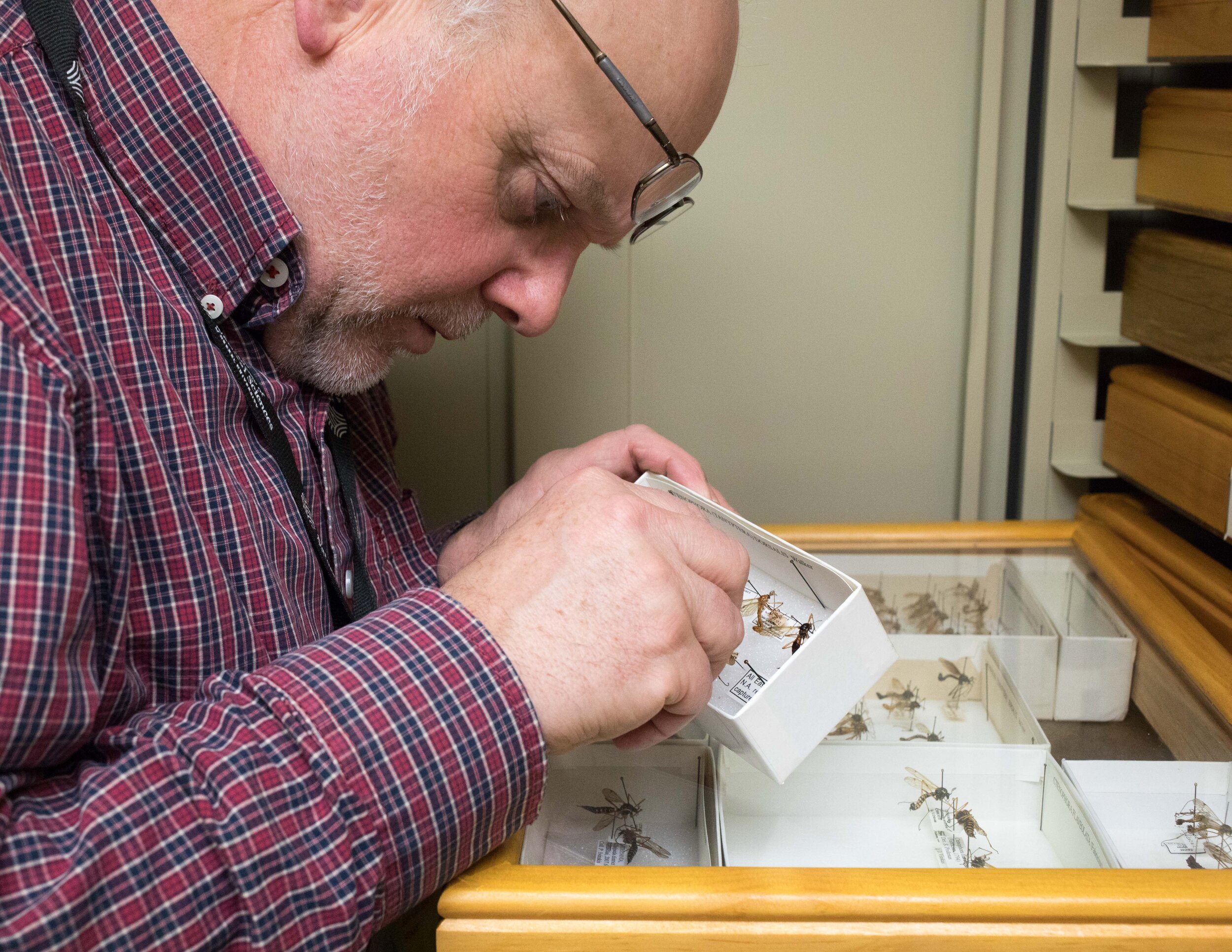
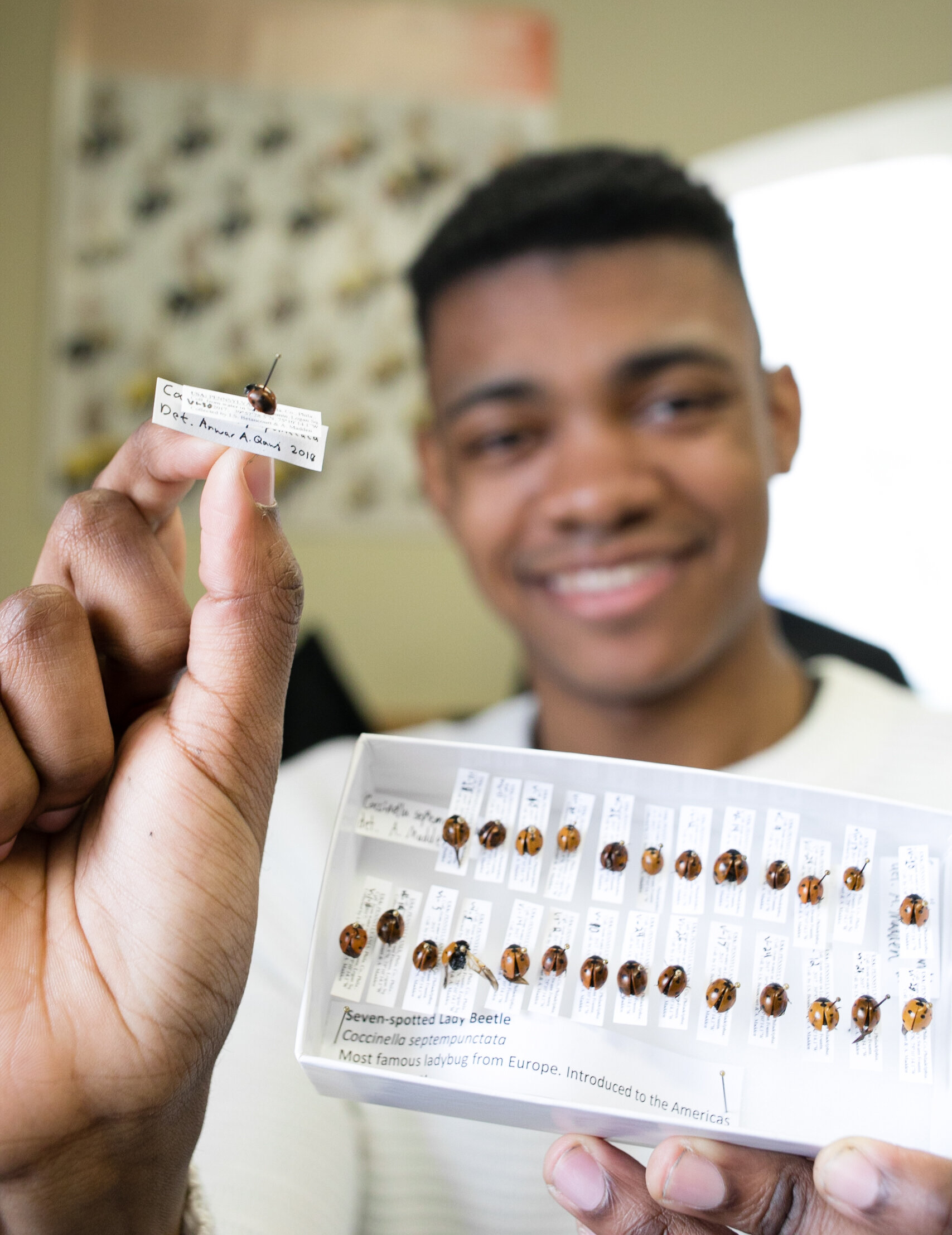

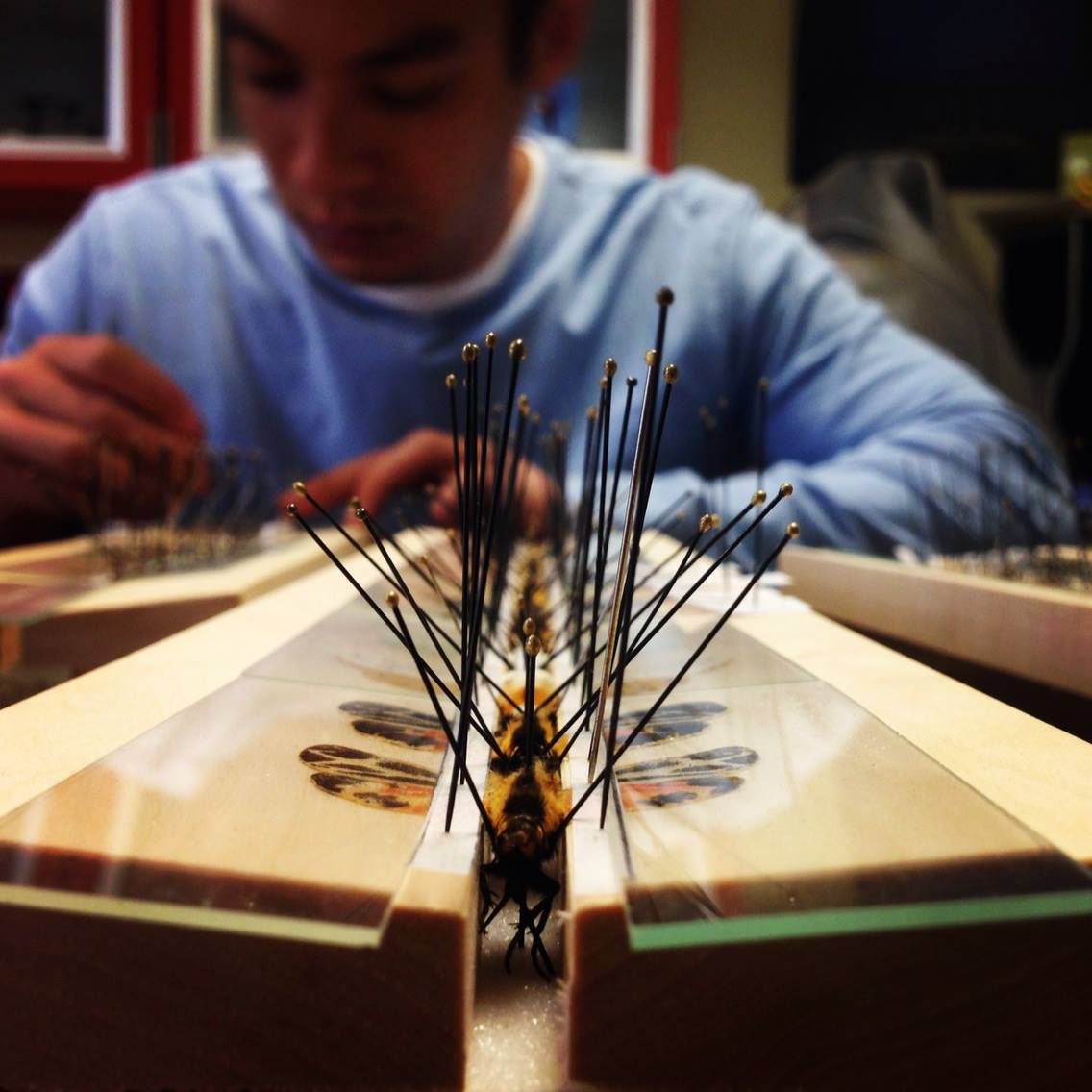
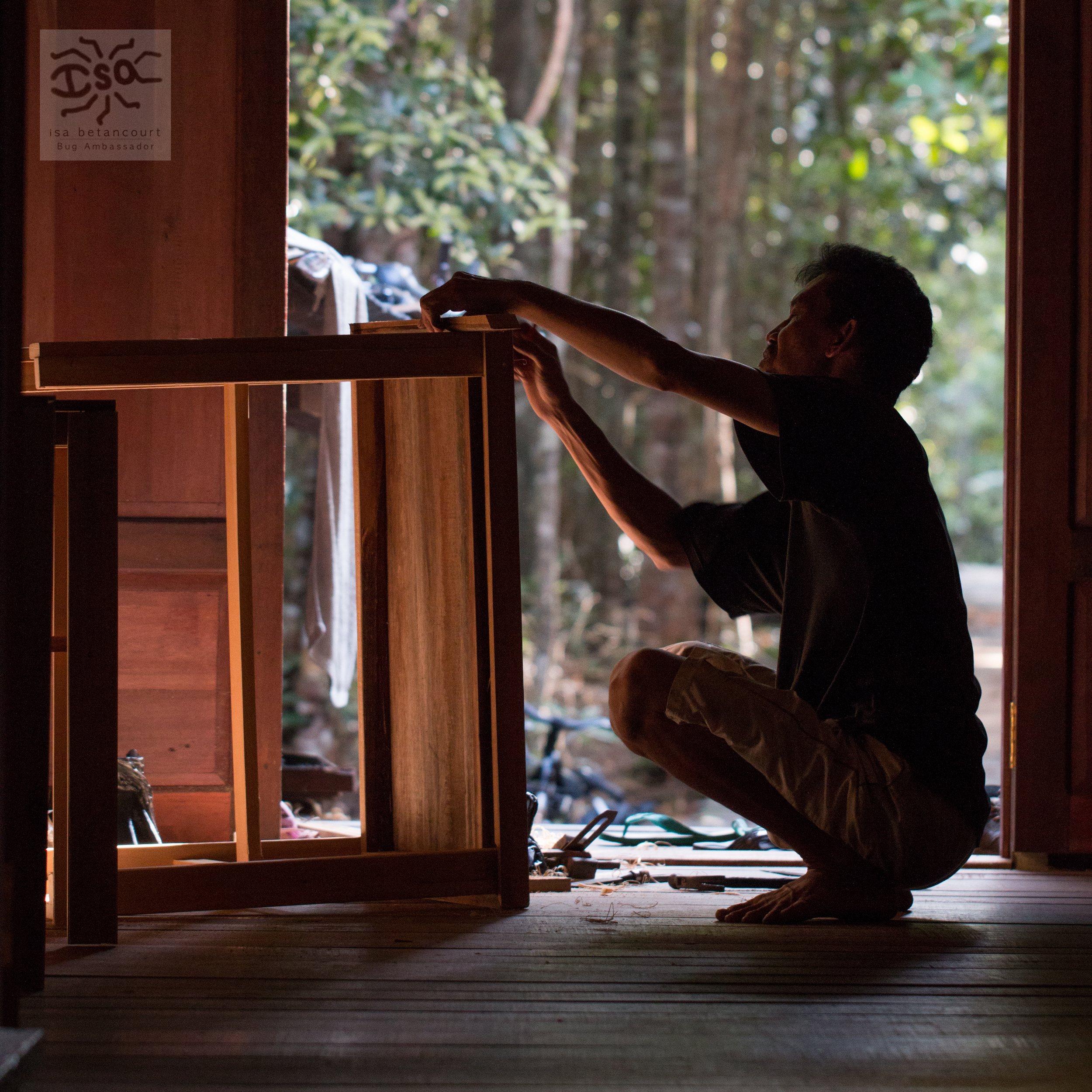
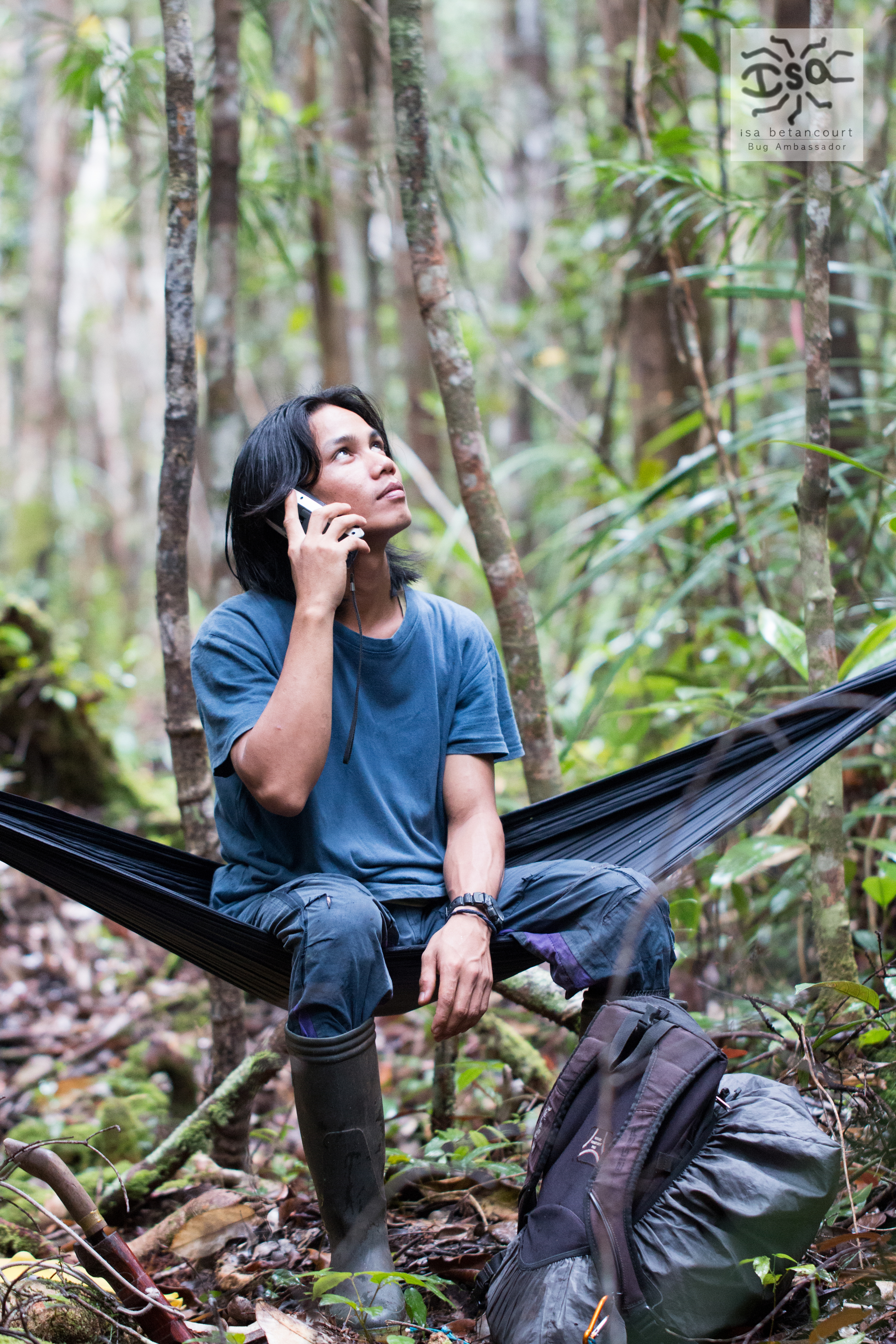
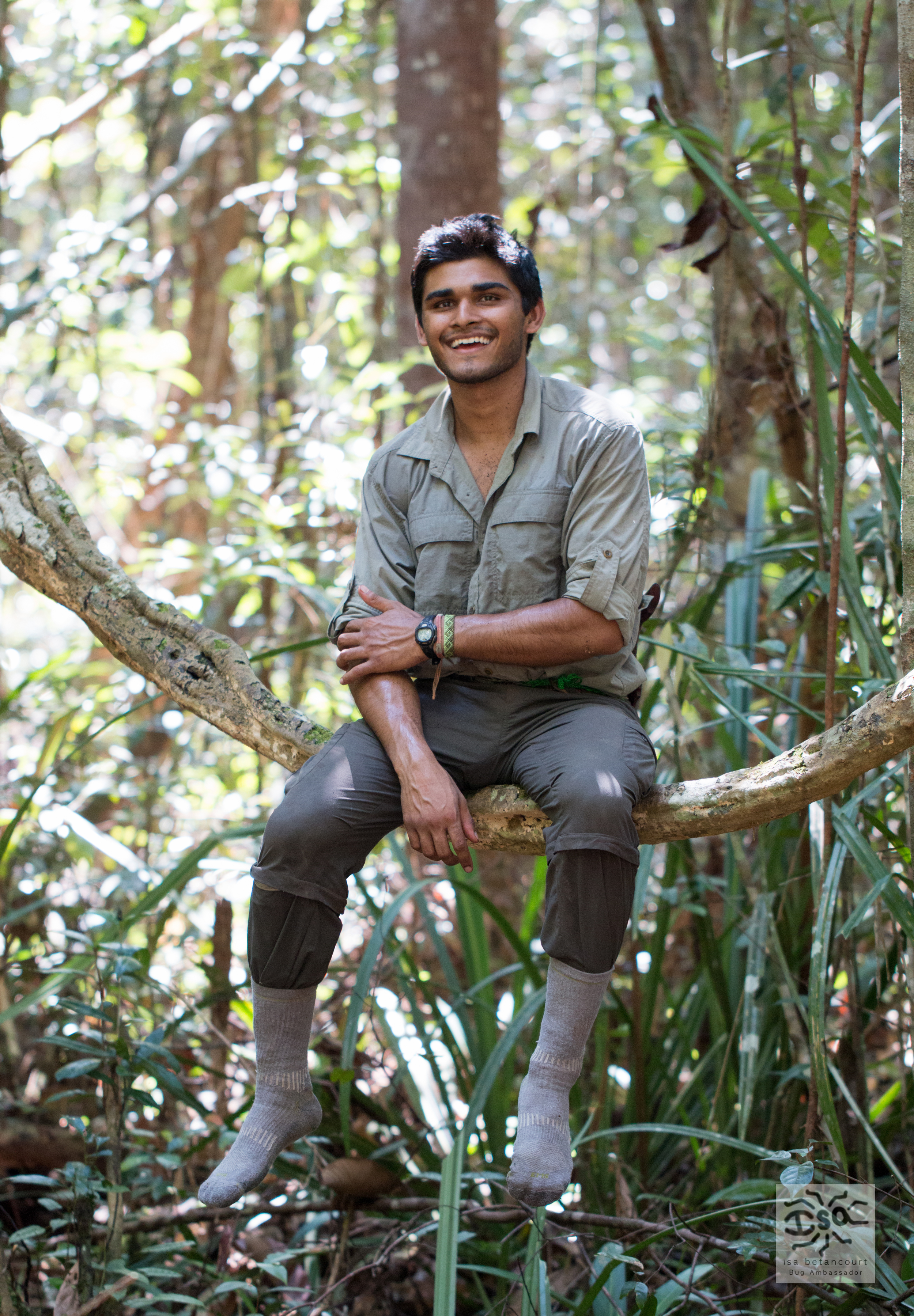

Portrait of a Cratosomus weevil in Colombia